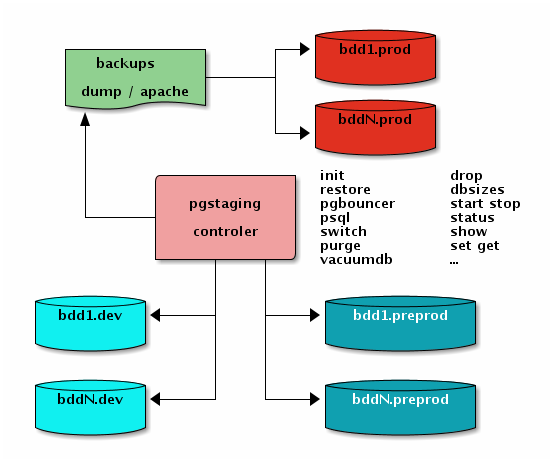On the PostgreSQL Hackers mailing lists, Andrew Dunstan just proposed some new options for pg_dump and pg_restore to ease our lives. One of the answers was talking about some scripts available to exploit the pg_restore listing that you play with using options -l and -L, or the long name versions --list and --use-list. The pg_staging tool allows you to easily exploit those lists too.
The pg_restore list is just a listing of one object per line of all objects contained into a custom dump, that is one made with pg_dump -Fc.



